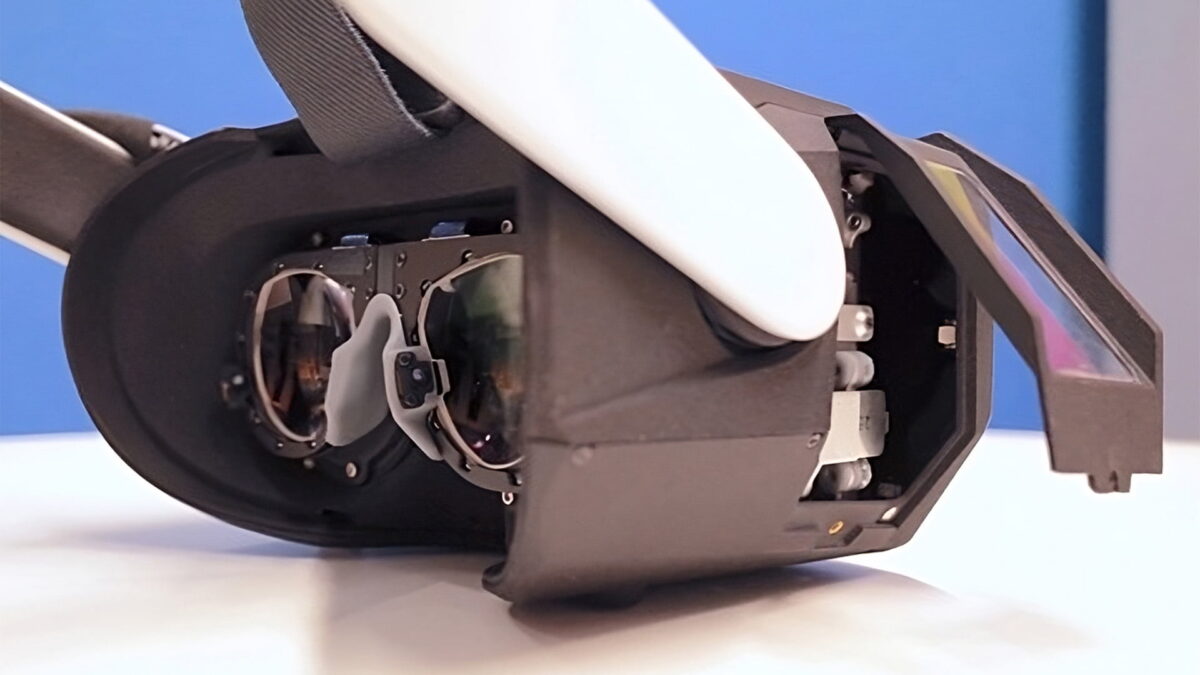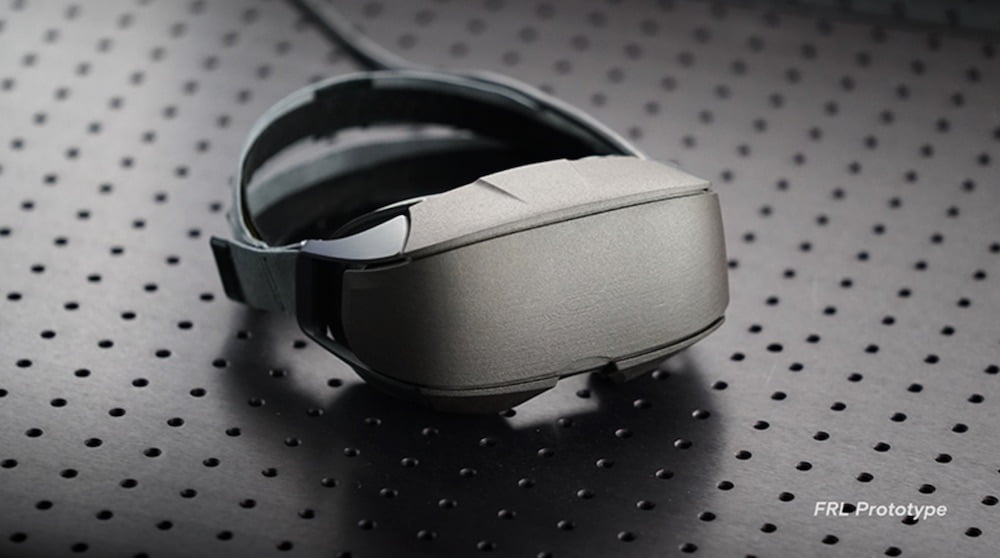Meta built a VR headset with a retinal resolution varifocal display

At Siggraph 2023, Meta will showcase a research prototype that combines a core VR technology with ultra-high pixel density.
The upcoming presentation was first spotted by VR expert Brad Lynch via Twitter.
On the Siggraph conference website, Meta describes the content of the presentation as follows:
"We develop a virtual reality head-mounted display that achieves near retinal resolution with an angular pixel density up to 56 pixels per degree, supporting a wide range of eye accommodation from 0 to 4 diopter (i.e., infinity to 25 cm), and matching the dynamics of eye accommodation."
Other than a picture of the VR prototype, nothing else can be gleaned from the announcement.
The presentation will take place on August 8, 2023. The research includes Meta's Director of Display Research Douglas Lanman and more than half a dozen researchers from inside Reality Labs Research.
Meta's research pushes the boundaries
The prototype seems to be an attempt to combine a varifocal display with an extremely high pixel density that almost matches the capabilities of the human eye. Both technologies are essential for work-related use cases in VR.
A varifocal display would make playing and working in VR for hours more comfortable for the eyes (for more background, read my article on varifocal displays). Retinal resolution, on the other hand, would make it easier to even read small print, making it easier to work with multiple virtual monitors at different distances.

The Half Dome 3 prototype from 2019. | Image: Meta
It would be the first time that Meta presents a headset prototype that combines both features in one device.
Meta's last VR prototype with a varifocal display shown to the public is Half-Dome 3, which was built and unveiled in 2019. That's a long time ago. The new prototype provides concrete evidence that Meta is still working on this key technology.
Meta's first and only publicly shown headset prototype with retinal resolution is Butterscotch, which achieves 55 PPD, but offers only half the field of view of the Meta Quest 2. The latter headset achieves about 20 PPD.
It will be interesting to see whether the new prototype can increase the field of view while maintaining the same pixel density. At the end of 2022, Meta confirmed that it plans to bring headsets with retinal resolution to the market.
Consumer headsets with this technology are far out
Meta's display research may one day culminate in a research device that Meta calls Mirror Lake. Mirror Lake is Meta's tentative end goal: a futuristic VR headset that combines the display systems and other technologies Meta has developed over the past eight years into a sleek, lightweight, and energy-efficient device.
There is currently no VR headset that offers a wide field of view combined with retinal resolution as well as a varifocal display, and realistically, such devices are not expected to be available until the second half or even the end of this decade.
"We have a reasonable shot to ship in five to six years. But don’t take my word for it. That’s the hope based on where we are now," Mark Zuckerberg said a year ago in regard to developing headsets with varifocal displays.
Note: Links to online stores in articles can be so-called affiliate links. If you buy through this link, MIXED receives a commission from the provider. For you the price does not change.